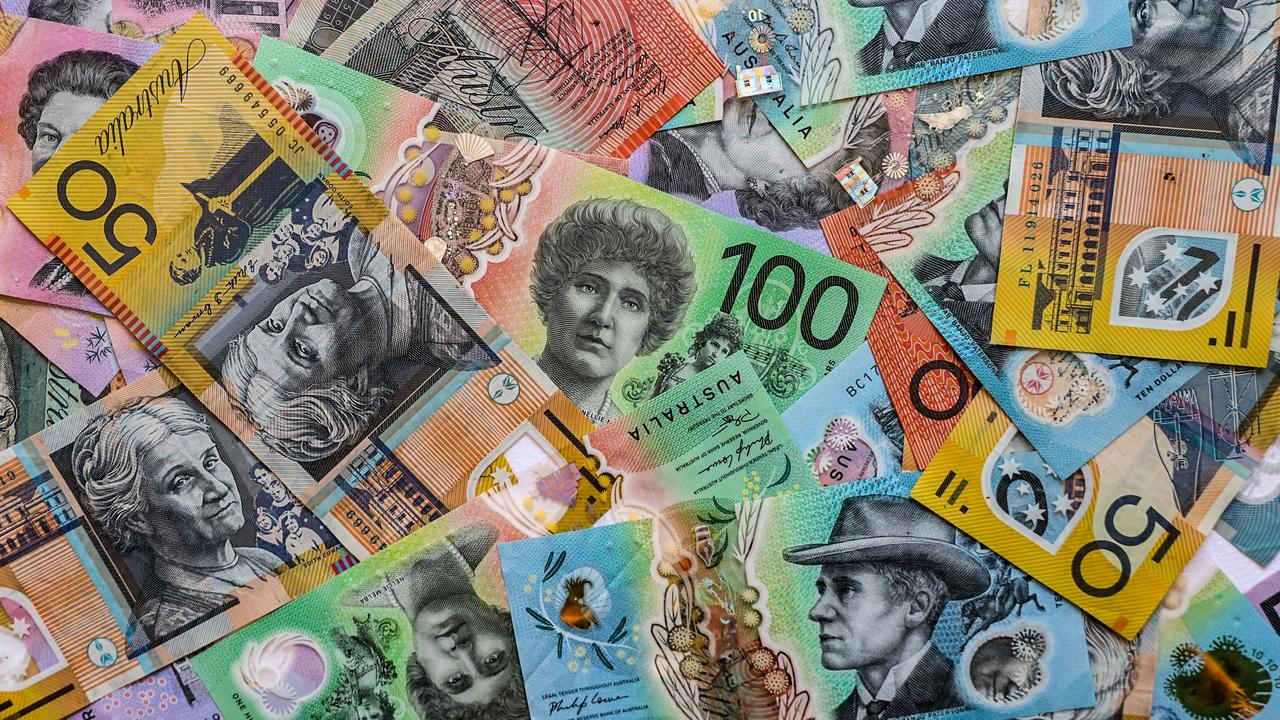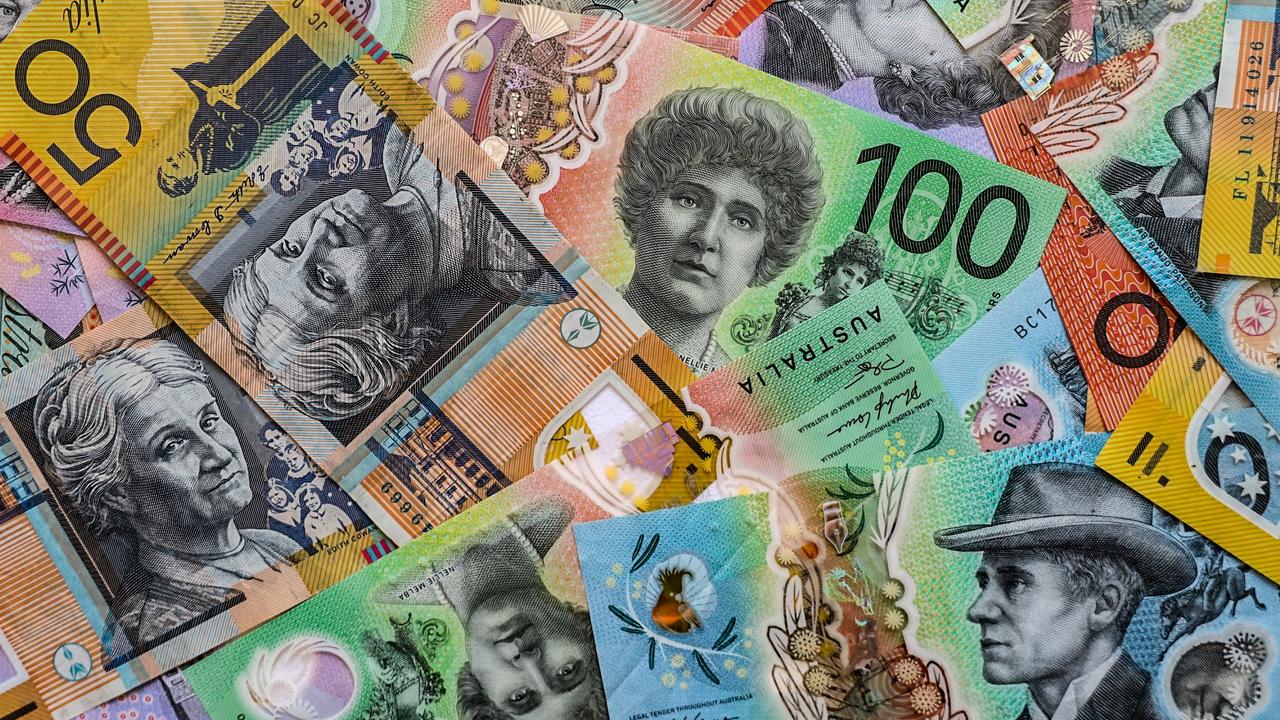Why the gun industry has US over a barrel
THERE’S at least one thing that matters more to Americans than their guns: the almighty dollar. Here’s why nothing will change.
THE United States is probably stuck with its guns. They are such a big part of its economy, the country simply can’t afford to give them up.
Australia can be very proud and very happy we have not allowed our country to go down the American path, where a mass shooting happens every few days. If you were designing a system to make it impossible to get rid of guns, you’d probably just copy the US.
But the American gun industry is thriving. There are already 300 million guns in US and the nation makes another 10 million a year — from the smallest pistols to the beefiest shotguns. America is also a big market for foreign makers.
Each year 3 million guns are imported from around the world to be fired — or just admired — in the US.
The gun industry is rich. It provides good jobs paying good money in factories and firing ranges all over the country. It grew like a weed — even during the global financial crisis and the subsequent economic bust.
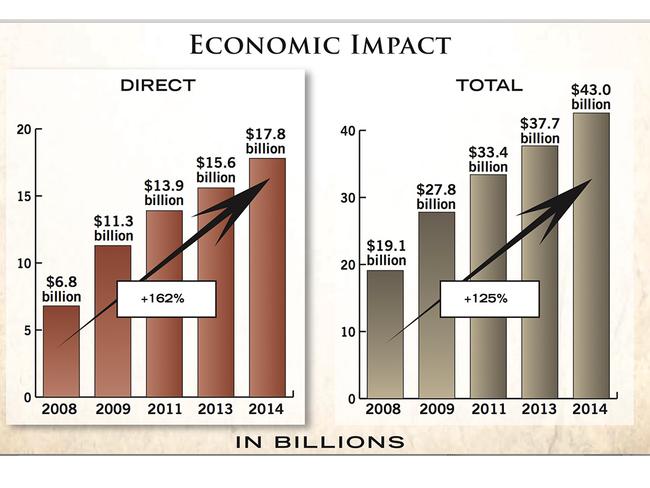
So it is no surprise the share price of gun makers, such as the famed Smith & Wesson company, are in rude health.
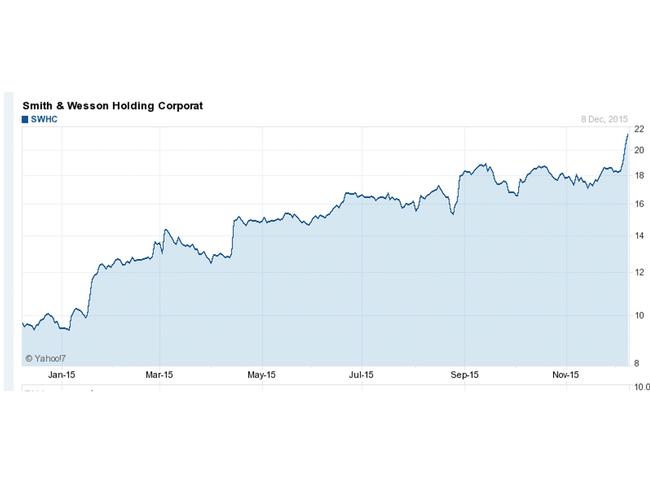
Plenty of those riches made by the industry end up in the hands of two organisations: the National Rifle Association and the National Shooting Sports Foundation.
Money makes them powerful. The NRA has an annual budget of about $US250 million. It spends $15 for every $1 spent by the gun control lobby and has them on the run. The NRA rates US politicians for how strongly they are committed to the right to own guns, and politicians fear a bad rating.
Idaho Governor Butch Otter jokes that “Our idea of gun control in Idaho is to use two hands”. Republican presidential candidate Ben Carson said, “I never saw a body with bullet holes that was more devastating than taking the right to arm ourselves away”. Dr Carson, mind you, is a medical doctor.
US gun culture depends on the second amendment to its constitution, which says “the right of the people to keep and bear arms, shall not be infringed”.
The idea back in 1791 was that people could rise up and overthrow the government if necessary. Warplanes and tanks hadn’t been invented then but, when they were, people did not get access to them. So the idea that owning guns keeps the government in line is way out of date.
The fight now is about which guns to make available to the public. Former US president Bill Clinton banned military-style assault weapons in 1994, but the ban expired in 2004.
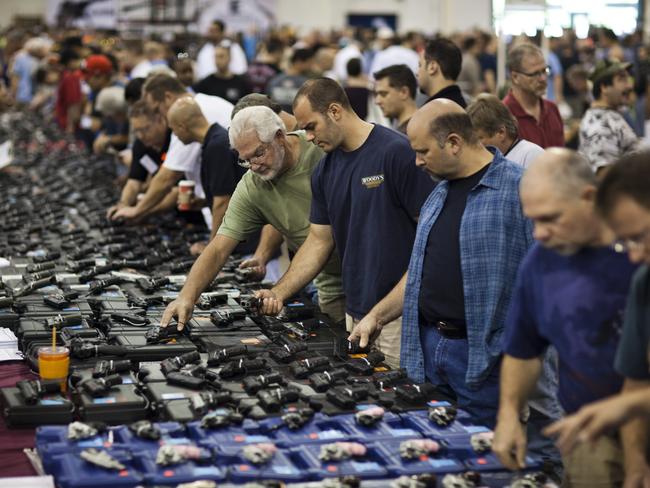
Barack Obama has had little success in tightening gun access so far. Some say he is on the brink of a breakthrough now. But the history of the gun lobby suggests he is probably not.
Gun bans are not good for the gun industry, but fear of gun bans is. After every example of a mass shooting, gun sales go up. People want them for protection and fear they won’t be able to get them.
This is where the horror of guns really hits home. If they really only were used for hunting, only hunters would need guns. But guns are used for killing people.
When you go to the website of a company like Glock, you find a lot of small, affordable weapons being marketed for “self-defence”.
Over at Smith & Wesson, you can buy a gun for $US449. (The cheapest new gun I could find on the internet was a Cobra Freedom FS for $130. But a gun fan recently picked up another Cobra model for just over $100, and gave it 2.5 stars.)
If you have more to spend for just $559 you can buy a large semiautomatic weapon.
Guns may be cheap, but gun violence is expensive. The costs of gun violence are hidden — they don’t always look like costs. They look like jobs for disability support workers, for trauma surgeons, prison officers and undertakers.
But if the violence wasn’t there, people would not have to buy those services, either directly or through taxes. Taxes could be lower. The rest of the economy would do better and the US overall would be far better off.

The costs of gun violence are hundreds of billions of dollars a year according to one study — higher than obesity and almost as high as smoking.
We work on most other dangerous problems in society. Like cars. They keep getting safer. In the US, the big differences between guns and cars is that cars are regulated for safety by the consumer products authority. Guns are not.
The American gun lobby has spent a lot of money to keep it that way. The more shootings that happen, the more Americans will want guns, the richer the industry gets. On and on it goes.


